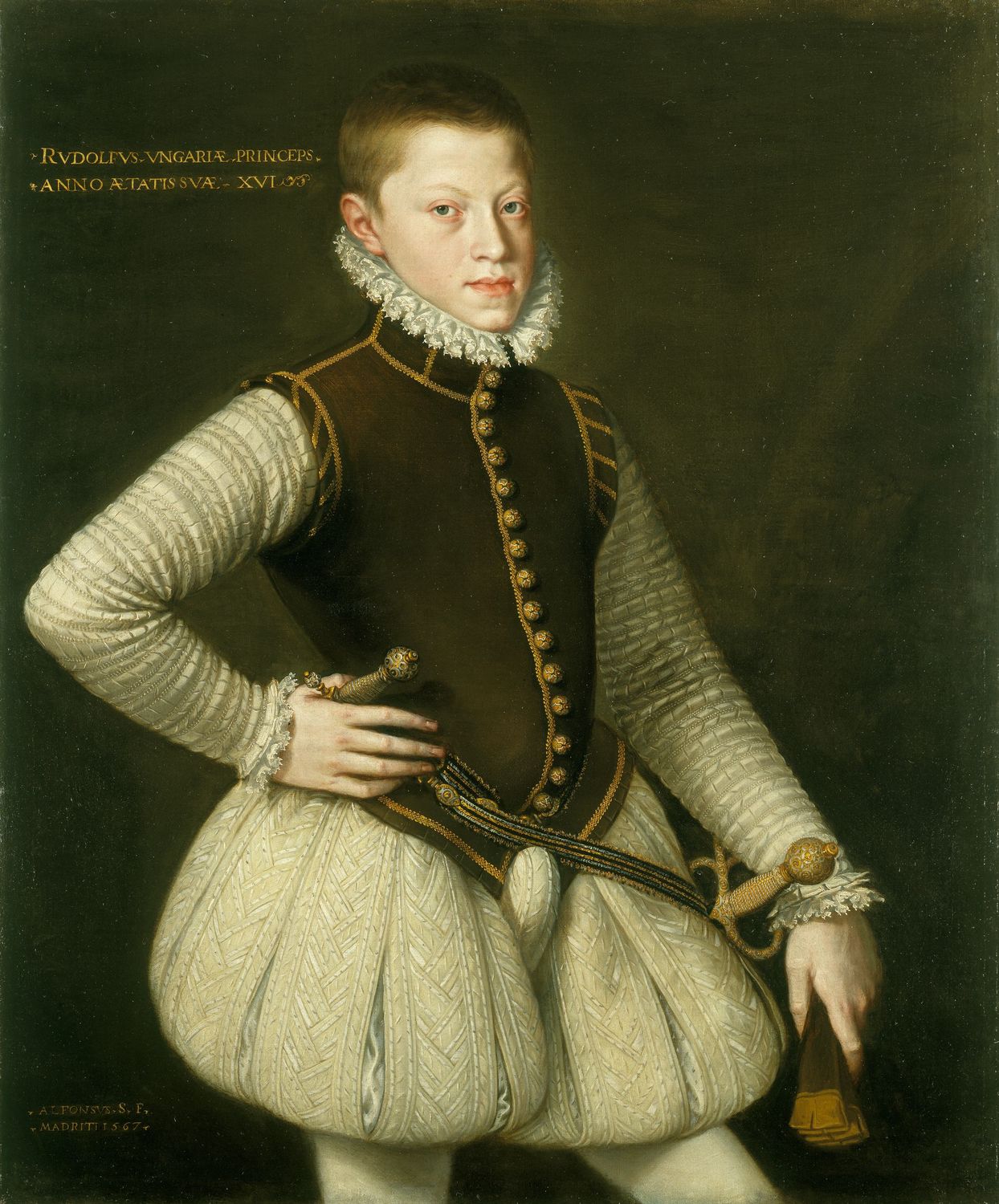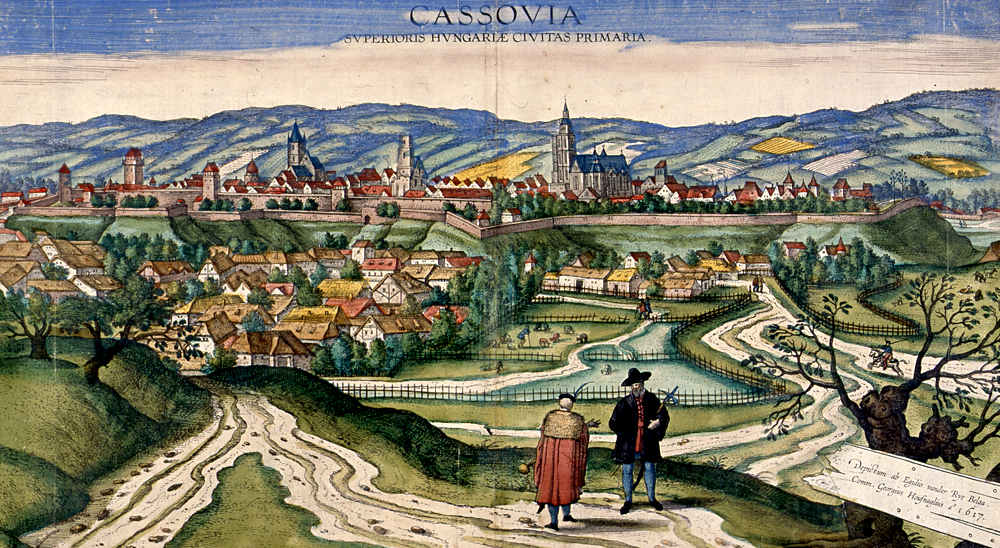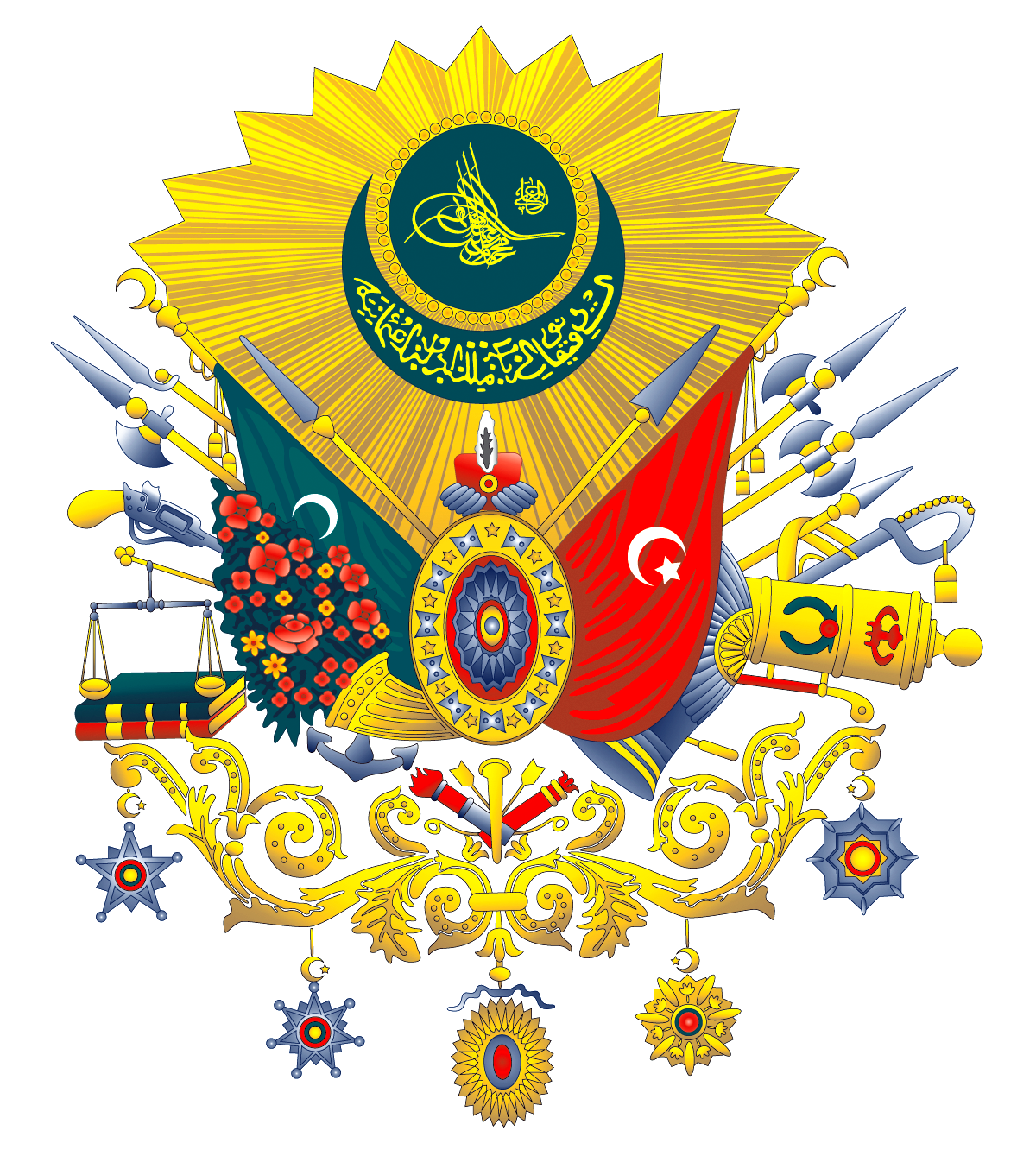|
Ruprecht Von Eggenberg
Ruprecht Freiherr von Eggenberg (1546 – 7 February 1611, Graz, Styria) was a nobleman from the Holy Roman Empire, landowner and Colonel-general from the Duchy of Styria in Inner Austria, then part of the Holy Roman Empire. Early life and ancestry Ruprecht was born as the elder son of Christoph von Eggenberg-Ehrenhausen (d. 1551) by his first wife, Helene von Fieger (d. 1568). He was a member of the cadet line of the House of Eggenberg and a cousin of Prince Hans Ulrich von Eggenberg. Military career He chose a military career early on in his life. In 1572 he served as a captain with Spanish forces and saw duty in The Netherlands under the great general Alexander Farnese, Duke of Parma and Piacenza. Ruprecht von Eggenberg benefited greatly from this experience and was ultimately appointed by Charles II, Archduke of Austria to the arch-ducal council and to captain of the guard at the main castle in Graz. Because of the growing threat from the Ottoman Turks, he served as ... [...More Info...] [...Related Items...] OR: [Wikipedia] [Google] [Baidu] |
Ehrenhausen
Ehrenhausen is a former municipality in the district of Leibnitz in Styria, Austria. Since the 2015 Styria municipal structural reform, it is part of the municipality Ehrenhausen an der Weinstraße. Geography Ehrenhausen lies on the Mur river in southeastern Styria south of Leibnitz close to the border of Slovenia. Personalities The district was at one time the seat of a branch of the Eggenberg dynasty and the Schlossberg to Ehrenhausen features the mausoleum of Ruprecht von Eggenberg and his nephew Wolf von Eggenberg which was designed by Italian painter and architect Giovanni Pietro de Pomis, who was the court painter and architect of Ferdinand II, Holy Roman Emperor Ferdinand II (9 July 1578 – 15 February 1637) was Holy Roman Emperor, King of Bohemia, King of Hungary, Hungary, and List of Croatian monarchs, Croatia from 1619 until his death in 1637. He was the son of Archduke Charles II, Archduke of Austr .... References Cities and towns in Leibnitz District ... [...More Info...] [...Related Items...] OR: [Wikipedia] [Google] [Baidu] |
The Netherlands
, Terminology of the Low Countries, informally Holland, is a country in Northwestern Europe, with Caribbean Netherlands, overseas territories in the Caribbean. It is the largest of the four constituent countries of the Kingdom of the Netherlands. The Netherlands consists of Provinces of the Netherlands, twelve provinces; it borders Germany to the east and Belgium to the south, with a North Sea coastline to the north and west. It shares Maritime boundary, maritime borders with the United Kingdom, Germany, and Belgium. The official language is Dutch language, Dutch, with West Frisian language, West Frisian as a secondary official language in the province of Friesland. Dutch, English_language, English, and Papiamento are official in the Caribbean Netherlands, Caribbean territories. The people who are from the Netherlands is often referred to as Dutch people, Dutch Ethnicity, Ethnicity group, not to be confused by the language. ''Netherlands'' literally means "lower countries" i ... [...More Info...] [...Related Items...] OR: [Wikipedia] [Google] [Baidu] |
Mausoleum
A mausoleum is an external free-standing building constructed as a monument enclosing the burial chamber of a deceased person or people. A mausoleum without the person's remains is called a cenotaph. A mausoleum may be considered a type of tomb, or the tomb may be considered to be within the mausoleum. Overview The word ''mausoleum'' (from the ) derives from the Mausoleum at Halicarnassus (near modern-day Bodrum in Turkey), the grave of King Mausolus, the Persian satrap of Caria, whose large tomb was one of the Seven Wonders of the Ancient World. Mausolea were historically, and still may be, large and impressive constructions for a deceased leader or other person of importance. However, smaller mausolea soon became popular with the gentry and nobility in many countries. In the Roman Empire, these were often in necropoles or along roadsides: the via Appia Antica retains the ruins of many private mausolea for kilometres outside Rome. When Christianity became domin ... [...More Info...] [...Related Items...] OR: [Wikipedia] [Google] [Baidu] |
Rudolf II, Holy Roman Emperor
Rudolf II (18 July 1552 – 20 January 1612) was Holy Roman Emperor (1576–1612), King of Hungary and Kingdom of Croatia (Habsburg), Croatia (as Rudolf I, 1572–1608), King of Bohemia (1575–1608/1611) and Archduke of Austria (1576–1608). He was a member of the House of Habsburg. Rudolf's legacy has traditionally been viewed in three ways:Hotson, 1999. an ineffectual ruler whose mistakes led directly to the Thirty Years' War; a great and influential patron of Northern Mannerism, Northern Mannerist art; and an intellectual devotee of occult arts and learning which helped seed what would be called the Scientific Revolution. Determined to unify Christendom, he initiated the Long Turkish War (1593–1606) with the Ottoman Empire. Exhausted by war, his citizens in Kingdom of Hungary (1526-1867), Hungary revolted in the Bocskai uprising, Bocskai Uprising, which led to more authority being given to his brother Matthias, Holy Roman Emperor, Matthias. Under his reign, there was ... [...More Info...] [...Related Items...] OR: [Wikipedia] [Google] [Baidu] |
Freiherr
(; male, abbreviated as ), (; his wife, abbreviated as , ) and (, his unmarried daughters and maiden aunts) are designations used as titles of nobility in the German-speaking areas of the Holy Roman Empire, the Austro-Hungarian Empire and in its various successor states, including Austria, Prussia, Bavaria, Liechtenstein, Luxembourg, etc. Traditionally, it denotes the titled rank within the nobility above ' (knight) and ' (nobility without a specific title) and below ' ( count or earl). The title superseded the earlier medieval form, '. It corresponds approximately to the English baron in rank. The Duden orthography of the German language references the French nobility title of ''Baron'', deriving from the Latin-Germanic combination ''liber baro'' (which also means "free lord"), as corresponding to the German "Freiherr"; and that ''Baron'' is a corresponding salutation for a ''Freiherr''. Duden; Definition of ''Baron, der'' (in German)/ref> ' in the feudal system The title ... [...More Info...] [...Related Items...] OR: [Wikipedia] [Google] [Baidu] |
Upper Hungary
Upper Hungary (, "Upland"), is the area that was historically the northern part of the Kingdom of Hungary, now mostly present-day Slovakia. The region has also been called ''Felső-Magyarország'' ( literally: "Upper Hungary"; ). During the Habsburg–Ottoman wars, Upper Hungary meant only the northeastern parts of the Hungarian Kingdom. The northwestern regions (present-day western and central Slovakia) belonged to ''Lower Hungary''. Sometime during the 18th or 19th century, Upper Hungary began to imply the whole northern regions of the kingdom. The population of Upper Hungary was mixed and mainly consisted of Slovaks, Hungarians, Germans, Ashkenazi Jews and Ruthenians. The first complex demographic data are from the 18th century, in which Slovaks constituted the majority population in Upper Hungary. Slovaks called this territory "''Slovensko''" (Slovakia), which term appears in written documents from the 15th century, but it was not precisely defined and the region inhabite ... [...More Info...] [...Related Items...] OR: [Wikipedia] [Google] [Baidu] |
Military Ranks
Military ranks is a system of hierarchy, hierarchical relationships within armed forces, police, Intelligence agency, intelligence agencies, paramilitary groups, and other institutions organized along military organisation , military lines, such as youth groups, chivalric orders, religious orders, and certain civilian organizations. Responsibility (other) , Responsibility for personnel, equipment and missions grows as each member of the organization advances in rank. The system of military ranks defines dominance, authority, and Professional responsibility, responsibility within a military hierarchy. It incorporates the principles of exercising Power (social and political), power and authority into the military Command hierarchy, chain of command—the succession of commanders superior to subordinates through which command is exercised. The military chain of command is an important component for organized collective action. Military uniform , Uniforms denote the bearer ... [...More Info...] [...Related Items...] OR: [Wikipedia] [Google] [Baidu] |
Colonel
Colonel ( ; abbreviated as Col., Col, or COL) is a senior military Officer (armed forces), officer rank used in many countries. It is also used in some police forces and paramilitary organizations. In the 17th, 18th, and 19th centuries, a colonel was typically in charge of a regiment in an army. Modern usage varies greatly, and in some cases, the term is used as an Colonel (title), honorific title that may have no direct relationship to military. In some smaller military forces, such as those of Monaco or the Holy See, Vatican, colonel is the highest Military rank, rank. Equivalent naval ranks may be called Captain (naval), captain or ship-of-the-line captain. In the Commonwealth of Nations, Commonwealth's air force ranking system, the equivalent rank is group captain. History and origins By the end of the late medieval period, a group of "companies" was referred to as a "column" of an army. According to Raymond Oliver, , the Spanish began explicitly reorganizing part of thei ... [...More Info...] [...Related Items...] OR: [Wikipedia] [Google] [Baidu] |
Ottoman Wars
A series of military conflicts between the Ottoman Empire and various European states took place from the Late Middle Ages up through the early 20th century. The earliest conflicts began during the Byzantine–Ottoman wars, waged in Anatolia in the late 13th century before entering Europe in the mid-14th century with the Bulgarian–Ottoman wars. The mid-15th century saw the Serbian–Ottoman wars and the Albanian-Ottoman wars. Much of this period was characterized by the Ottoman expansion into the Balkans. The Ottoman Empire made further inroads into Central Europe in the 15th and 16th centuries, culminating in the peak of Ottoman territorial claims in Europe. The Ottoman–Venetian wars spanned four centuries, starting in 1423 and lasting until 1718. This period witnessed the fall of Negroponte in 1470, the siege of Malta in 1565, the fall of Famagusta (Cyprus) in 1571, the defeat of the Ottoman fleet at the Battle of Lepanto in 1571 (at that time the largest naval batt ... [...More Info...] [...Related Items...] OR: [Wikipedia] [Google] [Baidu] |
Petrinja
Petrinja () is a town in central Croatia near Sisak in the historic region of Banija, Banovina. It is administratively located in Sisak-Moslavina County. On December 29, 2020, the town was 2020 Petrinja earthquake, hit by a strong earthquake with a magnitude of 6.4 , causing significant damage to the town. Name The name of Petrinja has its roots in Greek language, Greek πέτρα - ''pétra'', meaning "stone" through Latin language, Latin '':wiktionary:petrus, petrus''. Another possibility is that Petrinja was named after the church of St. Peter from the time of the Diocese of Sisak. It is said that the town existed in Ancient Rome, Roman era in the area of Zrinska Gora, which is very rich in stone. Climate Since records began in 1981, the highest temperature recorded at the local weather station was , on 14 August 2003. The coldest temperature was , on 12 January 1985. History Middle Ages West of Petrinja is Petrova gora (Peter's mountain), site of the 1097 Battle of Gvozd Mo ... [...More Info...] [...Related Items...] OR: [Wikipedia] [Google] [Baidu] |
Croatia
Croatia, officially the Republic of Croatia, is a country in Central Europe, Central and Southeast Europe, on the coast of the Adriatic Sea. It borders Slovenia to the northwest, Hungary to the northeast, Serbia to the east, Bosnia and Herzegovina and Montenegro to the southeast, and shares a maritime border with Italy to the west. Its capital and largest city, Zagreb, forms one of the country's Administrative divisions of Croatia, primary subdivisions, with Counties of Croatia, twenty counties. Other major urban centers include Split, Croatia, Split, Rijeka and Osijek. The country spans , and has a population of nearly 3.9 million. The Croats arrived in modern-day Croatia, then part of Illyria, Roman Illyria, in the late 6th century. By the 7th century, they had organized the territory into Duchy of Croatia, two duchies. Croatia was first internationally recognized as independent on 7 June 879 during the reign of Duke Branimir of Croatia, Branimir. Tomislav of Croatia, Tomis ... [...More Info...] [...Related Items...] OR: [Wikipedia] [Google] [Baidu] |
Hasan Pasha Predojević
Hasan Predojević ( 1530 – 22 June 1593), also known as Telli Hasan Pasha (), was the fifth Ottoman Empire, Ottoman beylerbey (Wāli, vali) of Bosnia Eyalet, Bosnia and a notable Ottoman Bosnian military commander, who led an invasion of Kingdom of Croatia (Habsburg), Croatia during the Ottoman wars in Europe. From July to October 1592, he led devastating Razzia (military), raids into Slavonia, Bohemia, Croatia proper, Croatia, and Hungary resulting in the capture of 35,000 people and the enslavement and death of more than 20,000 people. Early life He was born Nikola Predojević into the Predojević clan of Serb ethnic background in medieval Bosnia and Herzegovina from East Herzegovina. According to Muvekkit Hadžihuseinović he was born in Lušci Palanka, in the Bosanska Krajina region, however, according to his nickname ''Hersekli'', he was from Herzegovina. The birthplace has been given specifically as Bijela Rudina, Bileća. His family originated from Klobuk, Ljubuški, Klo ... [...More Info...] [...Related Items...] OR: [Wikipedia] [Google] [Baidu] |






